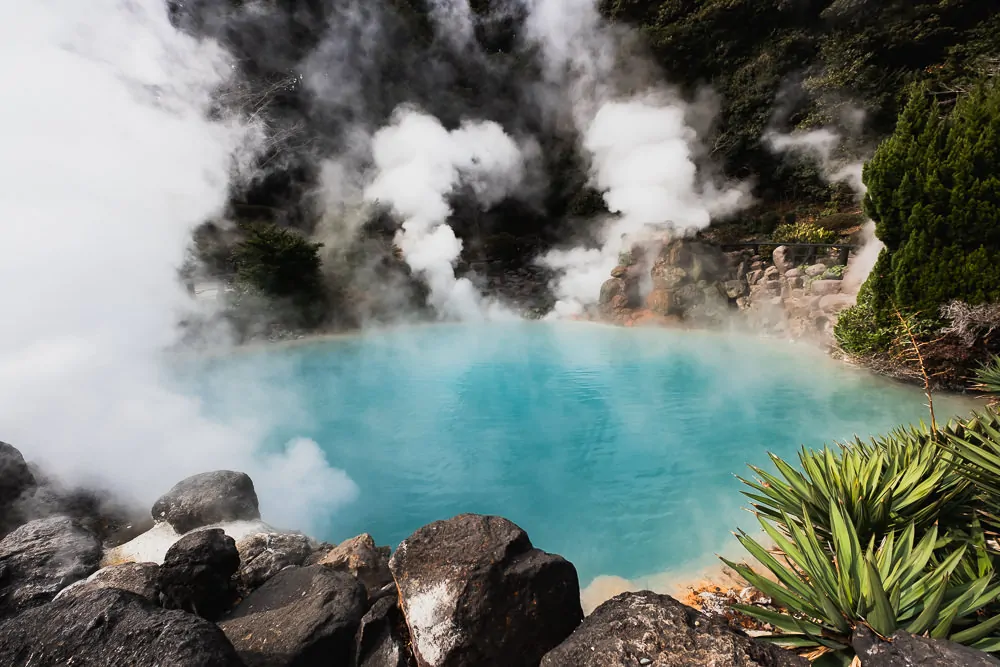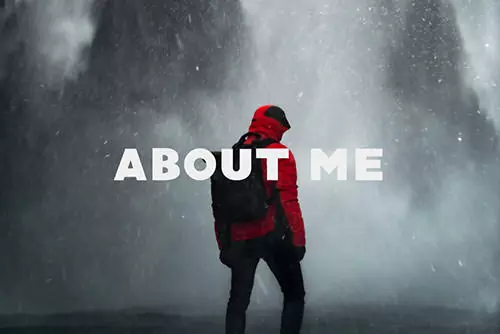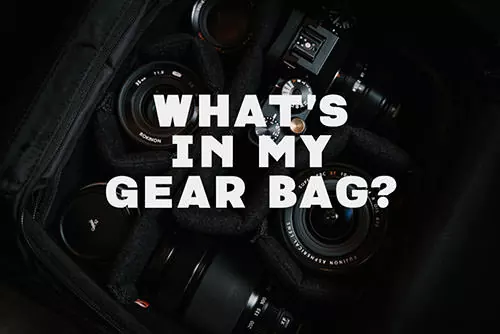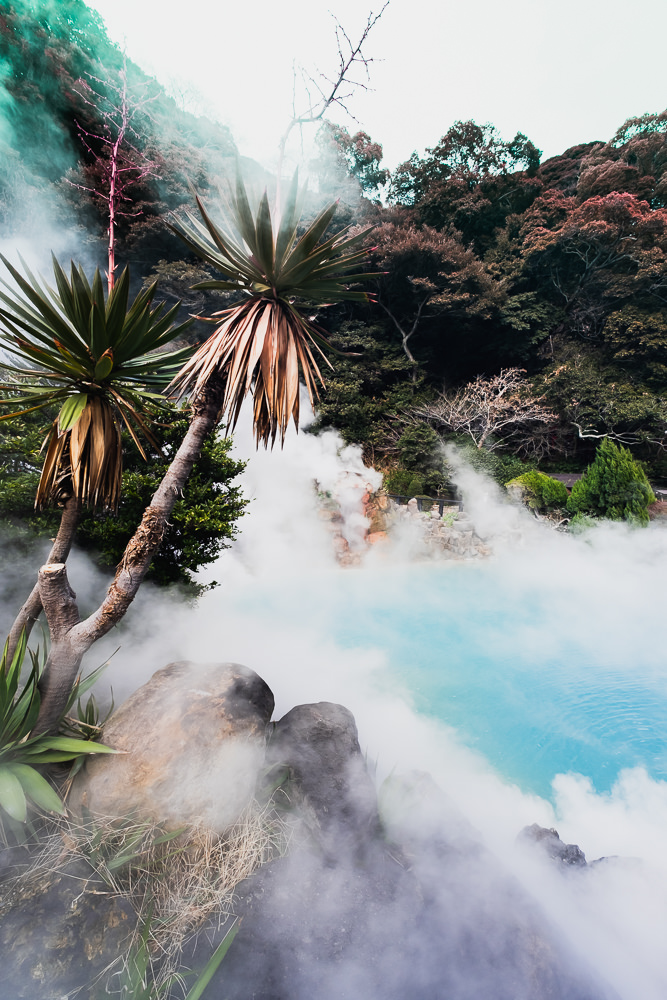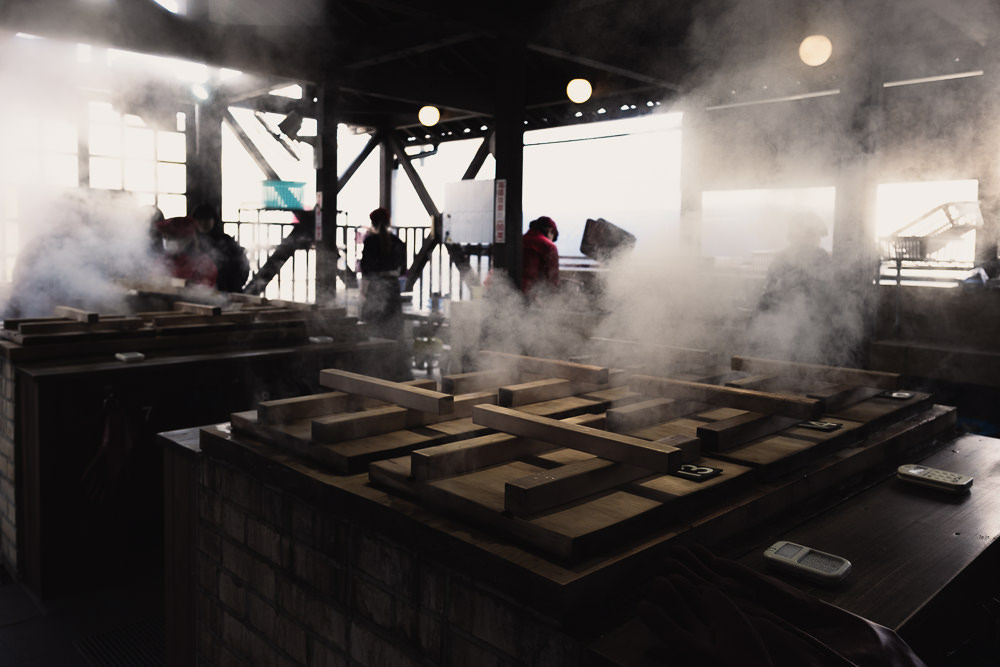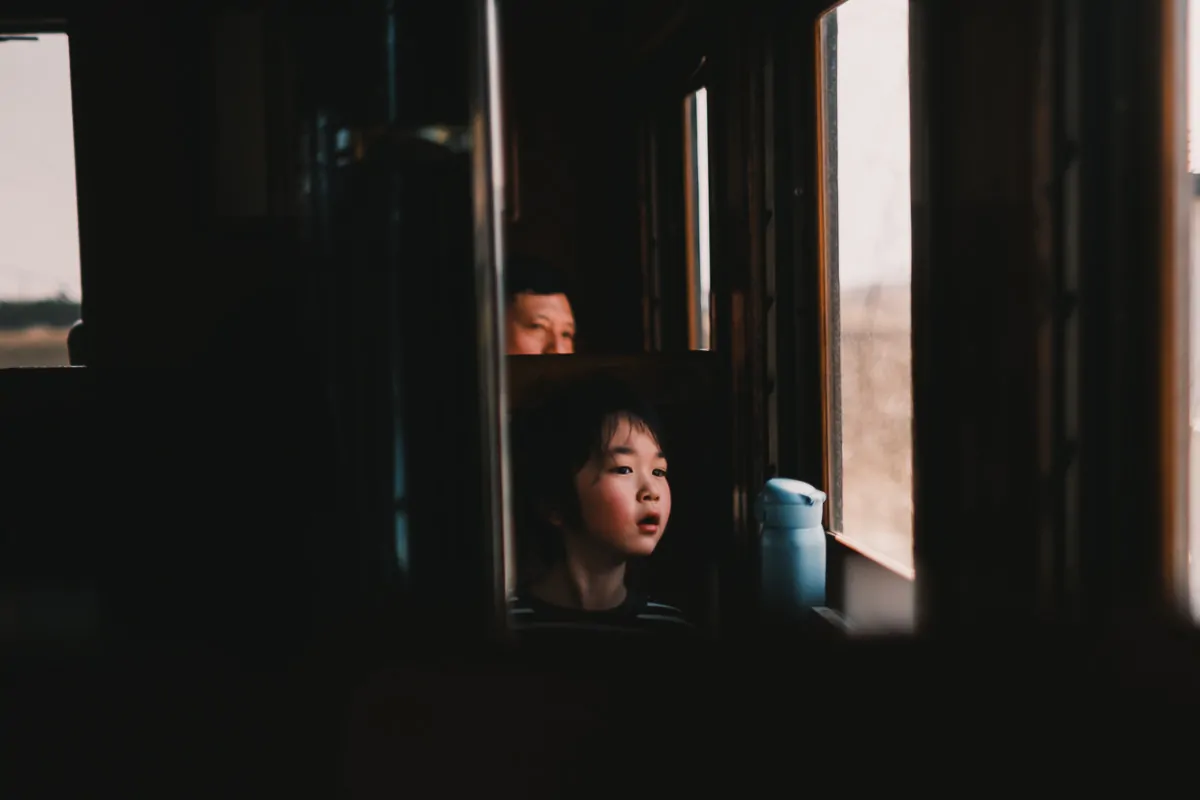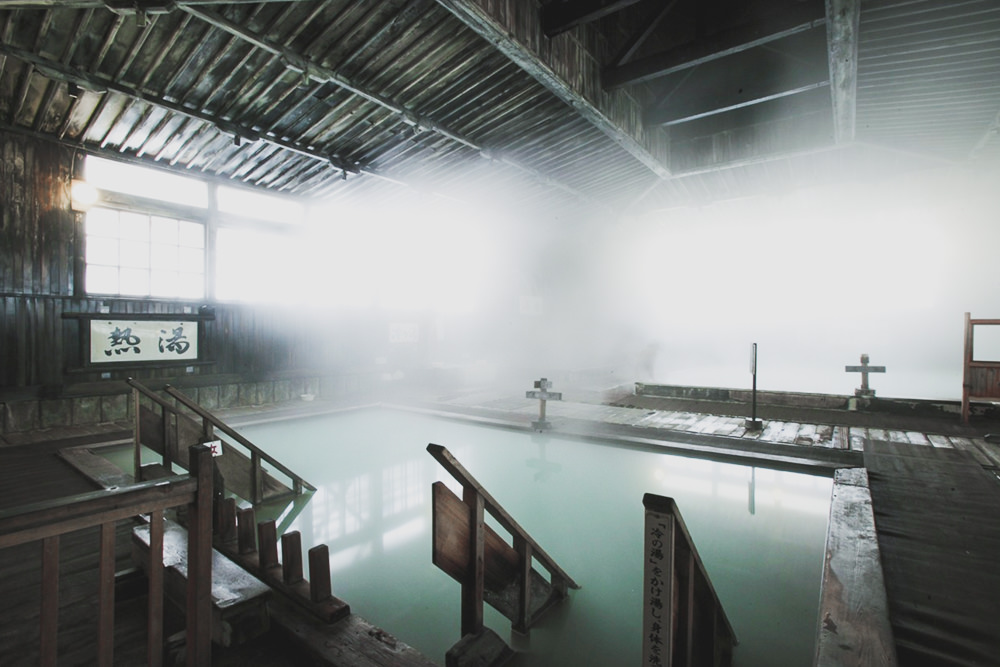Beppu vs Yufuin vs Kurokawa 2026 Guide: Best Onsen Base For Kyushu
Beppu vs Yufuin vs Kurokawa 2026 Guide: Best Onsen Base For Kyushu
For my recent trip to Kyushu, I had 5 days at the start of my trip to do a bit of onsen-hopping.
On paper, Kurokawa was what I was looking for, an idyllic onsen village in a forested mountain with rustic ryokans and outdoor hot springs surrounded by nature. It’s only accessible by a few buses a day, so it doesn’t draw quite the same crowd as Yufuin or Beppu.
But with 5 days, I decided to visit all three places. Two nights in Beppu, to slow down my travels, one night in Yufuin, and then two nights in Kurokawa.
If you’re planning your Kyushu trip and still deciding between Beppu, Yufuin, and Kurokawa, then hopefully my experience staying in all three places can help.
High Level Comparison
I’ll start with a few important things to consider between Beppu, Yufuin, and Kurokawa.
Size and Crowd
Size wise, Beppu is the biggest city of the three. It’s the second largest city in the Oita Prefecture. In the hotspots like the Hells of Beppu, with the many tour buses, it can get quite crowded. The city itself is big, but it gets nowhere as busy as Osaka or Kyoto.
Yufuin, because it’s smaller and more compact felt the most crowded. For all intents and purposes, everything is on or around the main street of Yunotsubo and it gets packed.
Kurokawa was quaint. Despite visiting when most of the ryokan were sold out, the place still felt empty – in a good way. Every onsen I visited had just a few other bathers at most, or I had it to myself. Maybe I was just lucky.
Winner: Kurokawa
Prices and Average Stay Cost
As far as cost, you can expect to pay around $200 – $400 a night for two people in a good ryokan with breakfast and kaiseiki dinner included.
Beppu is a large city, so there are many restaurants and accommodation options from budget hostels to luxury hotels. On the low end, a dormitory with access to an onsen or a small twin room in a tradition guesthouse can be as low as around $20 – $25.
Yufuin has fewer options. As a result, there weren’t many options on the lower end. Most guesthouses and ryokans tend to fall into the $250-$350 a night range.
Kurokawa has 30 ryokans in town and a few apartments nearby, so it has the fewest options. However, you can find nice places to stay for as low as $50 a night for a solo traveler, reasonable options for $100-$150 a night, and quite a few nice ryokans for $250-$300 a night for 2 people.
As a solo traveler, Beppu is the cheapest, but for couples and families, I feel like you get the better value in Kurokawa.
Winner: Kurokawa
That’s the one that felt like the onsen escape I imagine when I think of thermal waters in the Japanese countryside. Beppu and Yufuin both have their charms, but Kurokawa was really memorable.
Beppu: The Onsen Capital of Japan
Beppu has long been considered the onsen capital Kyushu, if not all of Japan. Due to the geothermal activity on which the city is built, it’s got the highest volume of hot spring water in the country and a diverse offering of baths and spring types.
Why Stay Here
Visitors come for the jigoku ‘hells’ and locals come for hot spring water itself.
Most onsen destinations might have a few springs feeding the town, but you won’t find many where the streets are steaming from the thermal activities underneath.
You also come for options as there are many to choose from, almost too many.
The main draw for me are the rooftop onsen with views of Beppu from high up or the ones that overlook the sea.
Because it’s a city, there’s also more to infrastructure like restaurants, attractions and nightlife.
Main Attractions
The biggest attractions here are the Hells of Beppu, a collection of geothermal ponds with dramatic steaming pools. At 100°C, you don’t bathe in this water, but it’s worth seeing at least one. Or you can do all seven.
As far as famous bathhouses, there’s Takegawara Onsen, one of the oldest and most atmospheric public bathhouses in Japan with its famous sand baths. Then there’s Hyotan Onsen, with multiple indoor and outdoor pools, private family baths, and even a waterfall pool.
You can find onsen eggs in many places, but in Beppu, you can steam your own food using natural thermal heat at the Jigoku Mushi Kobo Kannawa restaurant.
Randomly, of all things, there’s an African Safari Park here, where you can get up close and even feed bears, elephants, and lions.
Yufuin: One Endless Street
Yufuin is not quite a one street town, but for all intents and purposes, it is a one street town – a long, quaint and seemingly endless street with artsy boutiques, competing food stalls, and an surprisingly amount of museums.
Why Stay Here
Just an hour away from Beppu, you trade a city for a small town. One that’s equally touristy and charming. During the day, you can wander Yunotsubo street filling yourself up with delicious street food and window shopping.
At night, you can retreat to your ryokan for a relaxing soak and enjoy one of the many restaurants near the bus terminal.
Lots of Chinese and Korean tourists come for just a day trip from Fukuoka, but the Japanese come to stay the night, when one can enjoy late afternoon calm once the crowds leave.
A big appeal of the town is just how walkable it is, and many ryokans will let you borrow a bike to cycle around the scenic countryside away from the main drag.
Main Attractions
The main street of Yunotsubo Kaido is a pleasant walk filled with quirky shops and snack stalls, eventually taking you to Lake Kinrin.
Tip: Staying overnight allows you to see the atmospheric mist hovering over the lake in the early morning.
The IG crowd will flock to the Yufuin Floral Village that looks like it’s been pulled out of a Peter Rabbit illustration.
There’s also a good collection of small museums, like the Comico Art Museum, the Retro Car Museum, and the Showa Kan Museum.
Kurokawa: The Definition Of An Onsen Escape
I try not to overuse this phrase, but Kurokawa really feels like stepping into another era. It’s the smallest of the three onsen towns, if you can even call it that. It’s more like a rustic and postcard village that’s peaceful and quiet.
Kurokawa feels like it was deliberately designed around the experience of bathing and restoring one’s health in nature.
It’s tucked in the middle of nowhere surrounded by forests, rivers and mountains. Kurokawa doesn’t have much as far as sightseeing or activities, but that’s exactly the point.
Why Stay Here
You’re here to do one thing: bathe. Nearly every ryokan has its own outdoor onsen, and most participate in an onsen-hopping agreement that makes their baths open to non-guests with a pass system.
A number of the ryokans are scattered around the ‘center’, with many more building further away for that seclusion and privacy that is usually reserved for luxury stays elsewhere.
Guests slowly wander around the misty village in yukata and wooden geta sandals at a pace that does not need justifying. For parts of the year, they can see the river light up at dusk and into the night with hundreds of bamboo lanterns strung over the water.
Main Attractions
The attraction is the village itself and its many traditional ryokan along with a few modern ones, each with its own character and unique baths. Most have both indoor and outdoor baths, some carved into caves, perched along the rivers, or set amongst the bamboo forest backdrops.
The Nyuto Tegata Onsen Pass lets you visit three different baths, and a way to explore the area and sample different types of baths. This was easily one of the best onsen-hopping experience I’ve ever had anywhere in Japan.
The town has a few charming wooden bridges, a handful of restaurants, cafes, and souvenir shops. That’s about it. It’s not about keeping yourself busy here, it’s about slowing down and appreciating the moment.
I absolutely had that experience here in a private bath while snow and mist moved across a framed view of the surrounding forest.
Transportation
Beppu is the easiest to access, with direct JR Limited Express trains from Fukuoka’s Hakata Station taking around two hours or 45 minutes from Oita Airport by bus.
You can also take an overnight ferry from Osaka and arrived clean, rested, and fed.
From Beppu to Yufuin, it’s a short hour ride by bus or you can take the famous Yufuin no Mori train directly from Fukuoka and enjoy the scenic landscape on the 2.5 hour journey.
Getting from Yufuin to Kurokawa is a simple 1.5 hour bus, but you just have to time it since there are only three buses a day.
There’s no direct train line, but the Kyushu Odan Bus connects all three towns and continues towards Mt. Aso and Kumamoto.
I made the straight trip between Beppu, Yufuin, and Kurokawa all by public transportation with no hassle.
Do You Need A Car?
In Beppu, public transport is pretty good and can get you to all the main attractions if you timed it properly. You don’t need a car unless you’re planning to go to more remote areas, but it is more efficient.
Yufuin is completely walkable, especially if you’re staying near the town center. Some of the more rural ryokan offer shuttle services from the station, so a car is nice but not necessary.
Kurokawa is a bit more remote, and while it’s compact enough to walk around once you’re there, getting around to the more remote ryokans and bathhouses will be much easier by car.
That being said, if you’re starting your trip from Fukuoka, I recommend renting a car so you can efficiently hit up all three locations. I found rentals for less than $50 a day here.
Tip: Leaving Kurokawa can be a bit trickier if you’re the spontaneous types, since there’s only a couple of buses a day and they get filled up ahead of time when the town is busy.
Updated on January 5, 2026

